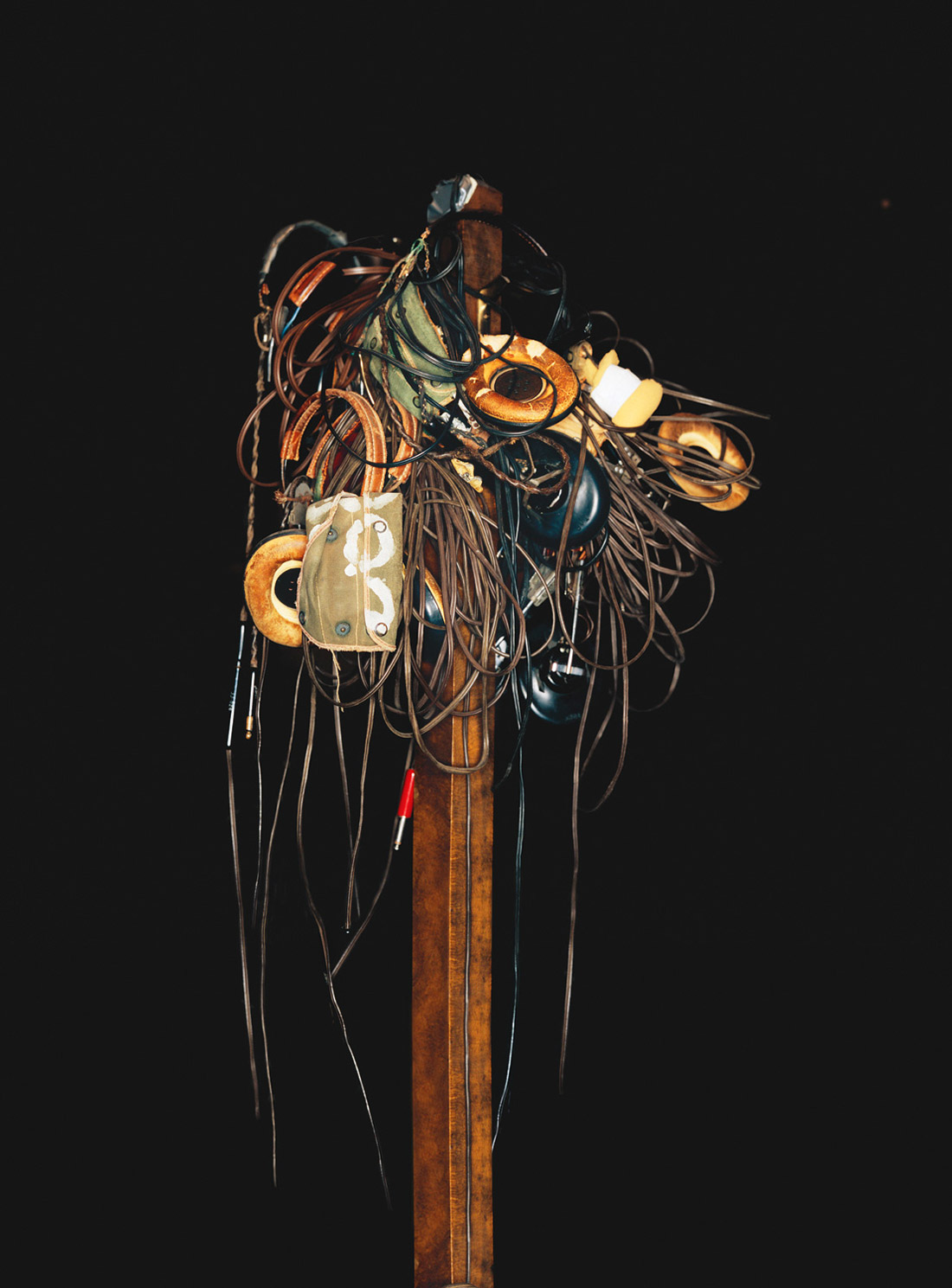Usually when I get a microphone sent to me from a manufacturer, I’m allowed to keep it for a ridiculously long time, sometimes two months or more. Normally I return the mic within three or four weeks, since I don’t like to take advantage of the situation. The process is simple. I get the mic, I put it in my studio for one night to let it acclimate to the climate, I take it out of the box and stare at it for another week, and then I take a couple of days to do my tests. Occasionally, I might use it in a real recording, but rarely. Then I take another week to stare at it some more, maybe run one last-minute test, and finally put it back in the box to ship back to the manufacturer.
This time it was different. When I got the Milab DC-96C — along with a DC-96B to compare directly to the new mic — I stared at the unopened box for six weeks straight. Why? Because I was pretty damn sure I wouldn’t like the so-called improved version. Why? Because the DC-96C is transformerless, and history has shown that I tend to prefer mics with transformers, unless I’m using them on a source where I prefer an ultra-pristine sound, such as choirs or chamber music. But when Austin’s South by Southwest music conference ended, I ran out of excuses to procrastinate, so I opened the box, took out the microphones, and ran my first test on acoustic guitars.
When I test microphones, I don’t put on my white lab coat and connect both mics to a stereo preamp side-by-side in some pseudo-scientific jerkoff. No, for me testing a mic is more like test-driving a car — one at a time, please. The signal chain for each mic went to a Millennia preamp, then to Lavry Blue converters, then straight into Pro Tools LE. No compression or reverb, not even unprinted, since I wanted to hear what the mics sound like going in as well as coming out. Truth is, they both sounded great, but I did prefer the clean sound of the DC-96C on acoustic guitars. I had to remind myself that this side-address, cardioid mic employs a large rectangular diaphragm, despite its diminutive size and natural small diaphragm-like sound. I recorded the chorus of one of my own songs for the guitar test, and used my Martin DM-1 on rhythm and a Collings C10 on lead. After recording the guitars, I grabbed the DC-96B and added one lead and three harmony vocals to the basic tracks, then did the same with the DC-96C. In other words, I recorded the song chorus twice — once with the DC-96B and again with the DC-96C.
The result? I definitely preferred the background vocals on the DC-96C. It was a tougher call on the lead vocal. The clarity of the DC-96C gives it the edge over the other mic, but I definitely liked the grit of the transformer on the DC-96B. Still, I was able to add in some of that grit using EQ and Massey’s Tape-Head plug-in on the DC-96C. And while I’m not into specs for spec’s sake, I did notice that the DC-96C took 9 dB less gain from the preamp to match the same level as the DC-96B. And with an enviable noise spec of 12 dBA on the DC-96C compared to the 19 dBA self-noise spec of the B version, you could use a pair of these mics to record highly dynamic and sensitive sources such as church choirs and live classical music performances. Anything less than 15 dBA is considered good, so the 12 dBA self-noise spec of the DC-96C is great.
Just for kicks, I recorded a little bit of electric guitar so I could test the –12 dB pad on the DC-96C, another improvement not included on the B version. I’m impressed. When I flipped the switch, the sound nearly disappeared in my headphones, and the Gain plug-in in Pro Tools proved that the –12 dB reduction was accurate to within 0.5 dB.
To make sure this review wasn’t all about me (even though all my other reviews are), I brought in singer-songwriter Patty Finney to test both mics on female vocals. To me, it was no contest, as the DC-96C brought out the natural clarity in her voice. At one point as we listened to her during playback, I turned around to tell her to stop singing with the recording so I could hear what she actually recorded. That’s when I noticed she wasn’t singing at all. Here’s the odd part — even though the DC-96C captured her voice as she actually sounds to my ears, she preferred the DC-96B on her lead vocal. I think most singers are looking for something to augment or just simply change their sound, even if it includes some extra grit and grain. Go figure, lead singers.
Milab’s new mic is a winner. The DC-96C sparkles with clarity on the high end, yet retains the low-end warmth of the DC-96B. Two DC-96Cs would give you everything you need to capture a brilliant acoustic guitar sound, as well as drum overheads, background vocals, any live instrument from horns to mandolin, and sensitive sources such as choirs and symphonic orchestras. Throw in a DC-96B for lead vocals (yeah, I like grit too), and you’ll have yourself a mic locker that can pretty much handle any source.
($1359 street; milabmic.com)
–Mike Jasper <mail@thirdcoastaudio.com>
Microphones | No. 53
46 ribbon mic, 46C ribbon mic, 46L ribbon mic
by Thom Monahan
ShinyBox is Jon Ulrigg, a one man operation in Washington state. A musician and self-described electronics freak, Jon is a passionate guy who came to microphone design after a long period of...




_disp_horizontal_bw.jpg)